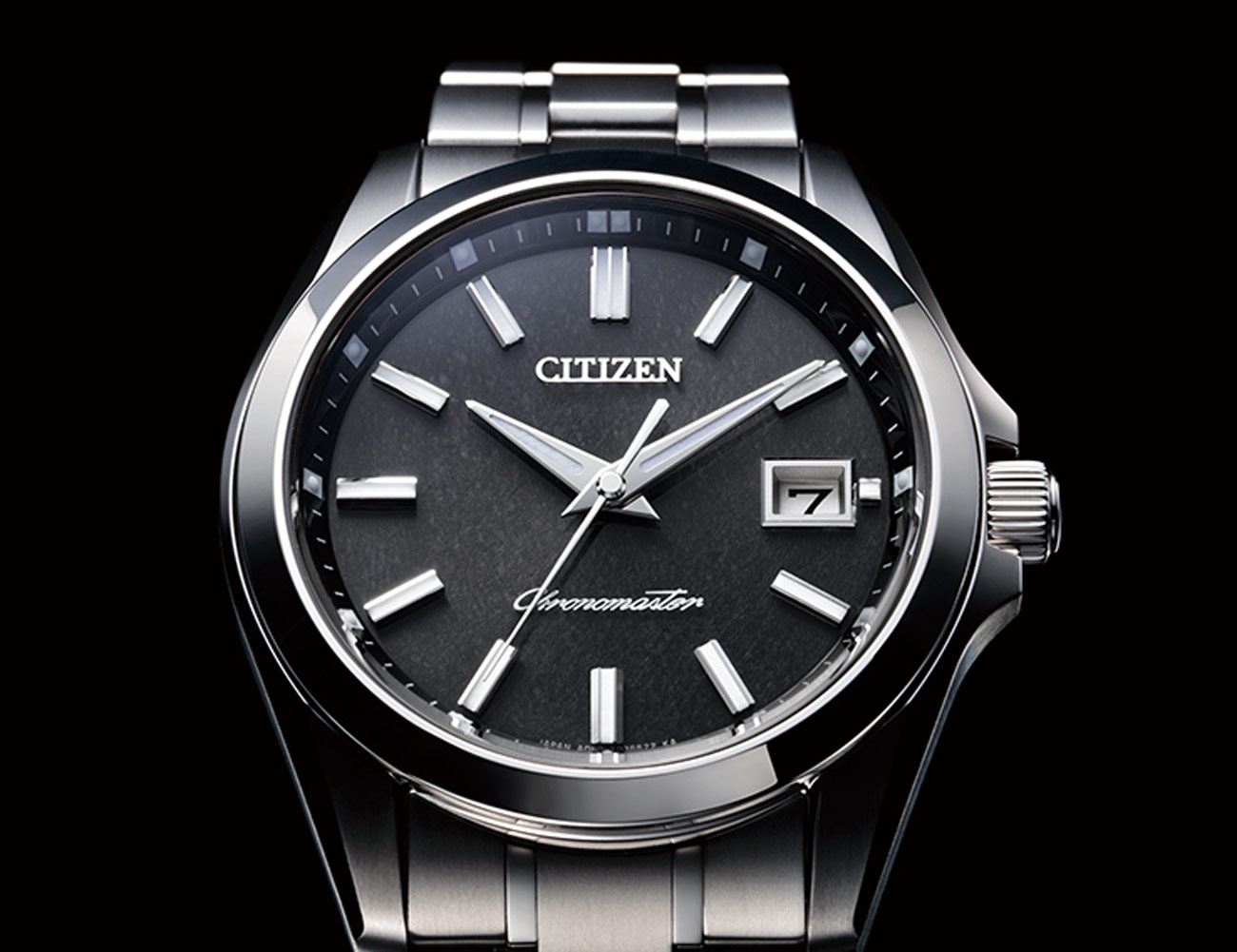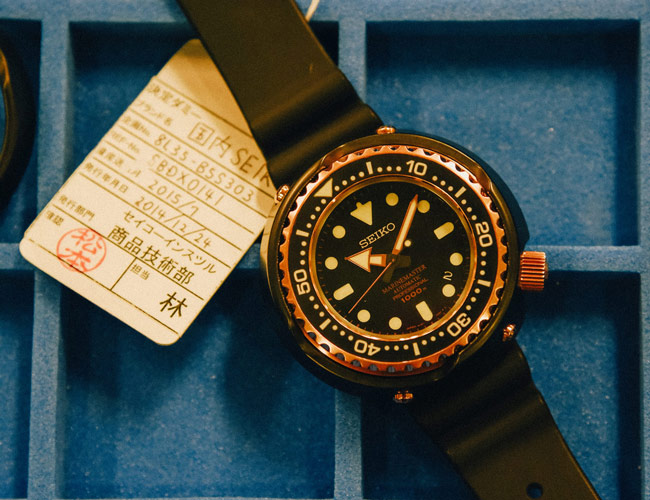Welcome to “Watches You Should Know,” a new bi-weekly (the once-every-two-weeks kind) column highlighting little-known watches new and old that have interesting stories or have had a surprising impact on the industry.
Accuracy is something enthusiasts laud in mechanical watches but is ultimately irrelevant. After all, no one really buys a watch because it’s accurate — for all intents and purposes, your microwave tells better time than a Rolex. But that Rolex isn’t just a highly accurate watch — it’s remarkably accurate. Modern Rolexes, which are certified chronometers, only gain or lose only two seconds per day when properly functioning and they are, as a result, some of the most accurate mechanical watches money can buy.
But a Rolex or any other mechanical chronometer is easily dusted by a garden variety quartz watch, which usually gains or loses around 15 seconds a month. And even within the realm of quartz watches, there’s another sub-category able to outperform the rest: the High Accuracy Quartz (HAQ) watch, which loses and gains seconds not daily, not monthly, but yearly. There are not many HAQ watches out on the market, and you’re probably familiar with some, like the Grand Seiko 9F, the Longines VHP and Breitling’s SuperQuartz – but you’ve likely never heard of the Citizen Chronomaster, one of the most accurate of the already insanely accurate HAQ’s out there.
There’s a good reason for this lack of familiarity: like many of Japan’s most interesting offerings, the Chronomaster, since its debut, was never meant for the U.S. market. While the Chronomaster name dates to the 1960s, when it was introduced as a mechanical timepiece, the modern quartz Chronomaster was introduced in 1995 as simply “The Citizen.” It featured Citizen’s then top-end thermo-compensated quartz movement (changes in temperature being the enemy to quartz accuracy) and was rated accurate to +/- five seconds a year, making it one of, if not the most accurate analog watches available at the time. For reference, the high-end Seiko 9F which came out around the same time was rated accurate to within 10 seconds a year.

The Chronomaster has gone through plenty of changes over the years, but its incredible accuracy has remained the same. Today’s current iteration of the Chronomaster boasts solar charging in addition to this accuracy, not to mention a perpetual calendar function. While it doesn’t have all the sub-dials and complexity of a mechanical perpetual calendar, it does have the ability to seamlessly change the date between months without the need for readjustment from the wearer.
What’s more, the Chronomaster has some incredible finishing to compliment the watchmaking tech inside. The dial, for instance, is made from washi paper. More specifically, a sheet of paper is sandwiched between the watch’s solar panel and a transparent disc that houses the watch’s indices and branding, which both protects the paper and gives the dial elements the effect of floating. The case is polished using similar techniques as those applied to Grand Seiko’s cases, meaning it has a remarkably crisp, radiant finish.
Interestingly, the Chronomaster’s long reign as top dog in the world of High Accuracy Quartz has been challenged by Longines, who last year relaunched their VHP with a rated accuracy within five seconds a year (the old model was rated to 10 seconds). That challenge may not exist for long, though — this year Citizen debuted the caliber 0100, a concept quartz movement accurate to one second a year.
With the Chronomaster (and like any other hyper-accurate watch for that matter), its charm lies in its relentless pursuit to perfect an aging technology. Hopefully, this model will form the basis for another Chronomaster, a watch that could remain unchallenged for several more decades…
And hopefully, Citizen finds it in its heart to bring it Stateside.
Seiko has seemingly mastered every facet of watchmaking. Read the Story


